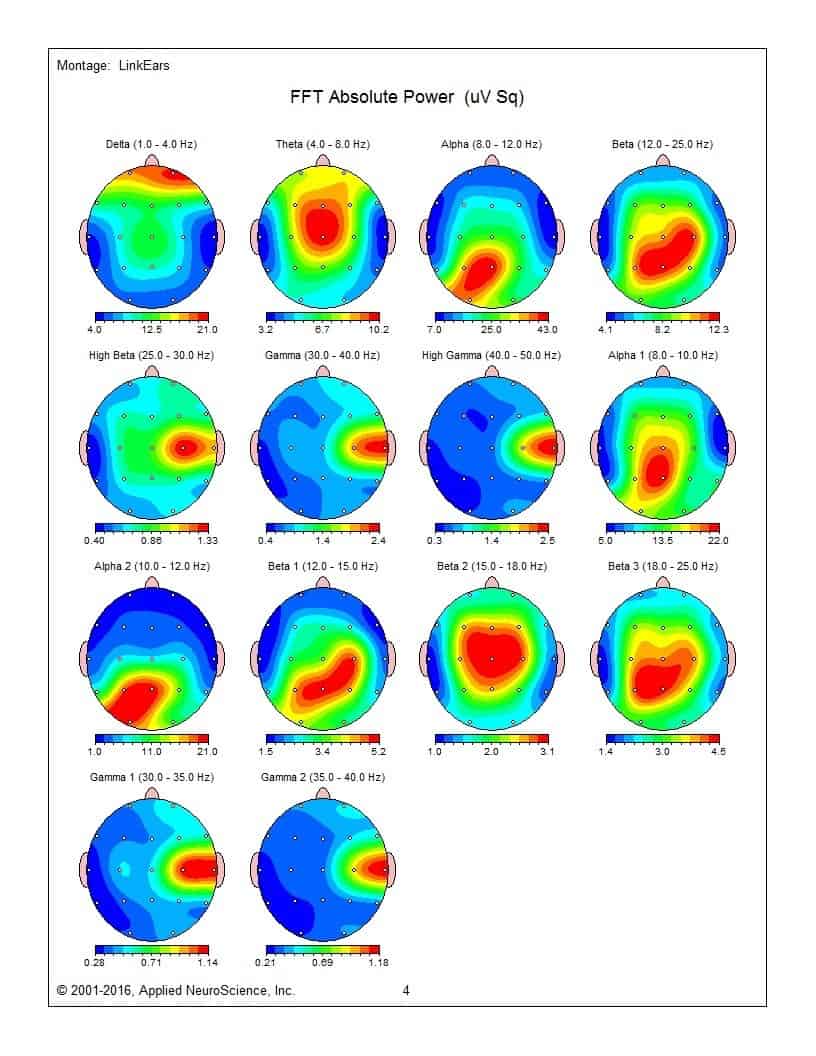Harnessing the Potential of Biofeedback to Transform Persistent Pain Control and Enhance Standard of Living
Harnessing the Potential of Biofeedback to Transform Persistent Pain Control and Enhance Standard of Living
Blog Article
Persistent pain is a condition that impacts millions of people across the world. It can be triggered by various elements, including traumas, illnesses, or even anxiety. For many individuals, managing chronic pain can be a constant challenge that affects their quality of life. Conventional treatments often consist of medications, physiotherapeutic therapy, and occasionally surgery. However, these methods do not always offer the alleviation that individuals seek. Recently, biofeedback has surfaced as a potential option for controlling chronic pain and improving overall health.
Biofeedback is a technique that educates individuals how to manage specific bodily processes by using signals from their own physiology. This method includes using sensors that track physiological functions such as heart rate, muscle tension, and skin temperature. By offering real-time feedback, patients can discover to recognize their body's reactions to pain and stress. This awareness allows them to formulate strategies to manage their pain more effectively. For example, if a patient notices that their muscle tension increases when they are in pain, they can utilize relaxation techniques to help alleviate that tension.
One of the primary advantages of biofeedback is that it enables individuals to take an active role in their pain management. Instead of relying solely on medications or treatments from healthcare providers, patients can gain to comprehend and regulate their own physiology. This feeling of control can lead to enhanced confidence and a more optimistic outlook on life. Many individuals report feeling more in charge of their pain and less like victims of their condition. This change in mindset can significantly enhance their quality of life.
Research has shown that biofeedback can be effective in reducing chronic pain symptoms. Studies suggest that patients who use biofeedback techniques often experience less pain and improved physical function. Additionally, biofeedback click to read more can help lessen anxiety and stress, which are frequent concerns for those dealing with chronic pain. By tackling both the physical and psychological aspects of pain, biofeedback provides a comprehensive approach to pain control. This comprehensive method can lead to superior outcomes for individuals, allowing them to participate more completely in their routine activities.
In conclusion, biofeedback is a valuable tool for transforming chronic pain control. By educating individuals to comprehend and regulate their physiological reactions, biofeedback enables individuals to take control of their pain. This method not only helps reduce pain but also enhances overall quality of life. As more people seek options to conventional pain control methods, biofeedback stands out as a promising option. With ongoing research and recognition, biofeedback could become an integral part of chronic pain therapy, helping patients lead more fulfilling, more fulfilling lives.